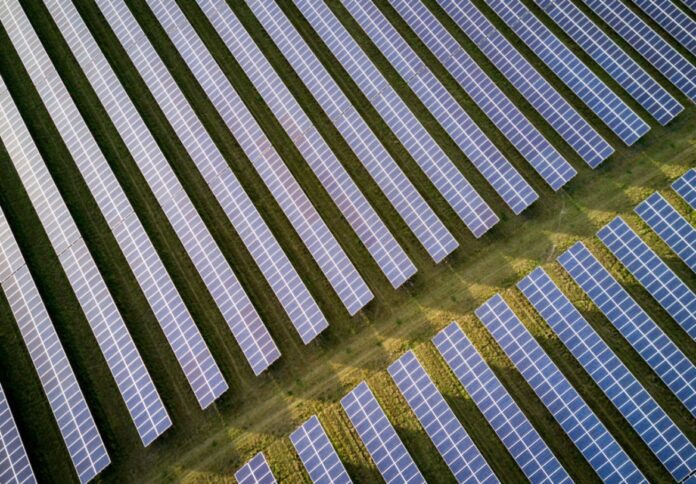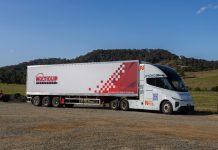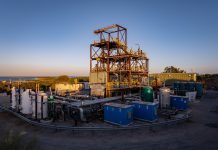
AECOM, a globally renowned infrastructure consulting firm, has issued a call for collaborative efforts within the industry to expedite and amplify the energy transition.
This appeal is articulated in their latest thought leadership report, titled “The Future of Infrastructure: Lost in transition?”
The report draws on insights from a survey of nearly 850 senior executives representing organisations across 22 countries and nine industries.
In particular, Australian stakeholders have identified five key areas where concerted action can significantly propel the energy transition forward.
Mark McManamny, chief executive of AECOM’s Australia and New Zealand region, emphasised the challenges organizations face in realising their energy goals.
He sees a significant opportunity to leverage global expertise in tandem with Australia and New Zealand’s unique natural resources to position the region as future leaders in renewable energy.
The report features valuable insights from industry leaders, including Jacqui Bridge, executive general manager of Energy Futures at Queensland’s Powerlink, and Alistair Parker, CEO of the Victorian state government agency, VicGrid.
Jacqui Bridge underscored the need for better coordination in labour and equipment to achieve the overarching goal of decarbonisation.
“Our markets have been set up on the idea that competition leads to lower costs and better outcomes, but in the case of energy transformation, we need to better coordinate labour and equipment,” said Bridge.
“It’s the overall goal of decarbonisation that matters, not who gets there first.”
Meanwhile, Alistair Parker underscored the importance of collaborating with communities, landholders, and Traditional Owners, ensuring their rights, needs, and aspirations are respected.
“We are going to see the application of some new construction methods coming through for power grid infrastructure that can make a big impact,” he noted.
“This could be prefabrication of components off-site, which enables more modular construction. This is quicker to implement and reduces the demand for technical skills out in the field,” Parker continued.
The report identifies five actionable steps identified by Australian companies to accelerate the energy transition.
First, the implementation of innovative construction technologies and practices to reduce costs and enhance construction efficiency.
Second, a focus on coordinated development efforts, such as Renewable Energy Zones, to streamline planning and resource allocation.
Third, an emphasis on increasing social license through improved community consultation and benefit-sharing opportunities.
Fourth, a call to share knowledge and strengthen the supply chain through upskilling and investment assurance.
Finally, an appeal to invest in the future workforce through early training and engagement with educational institutions.
Lara Poloni, AECOM’s president, pointed out the energy transition is a continuum, with organisations at various stages.
“Our latest Future of Infrastructure report provides learnings from discussions with global leaders and from our own Sustainable Legacies strategy to locate organisations and industries on the continuum of the energy transition and present direct, actionable steps to progress,” Poloni explained.
For those interested in delving deeper into the subject, the full report is available here.


















